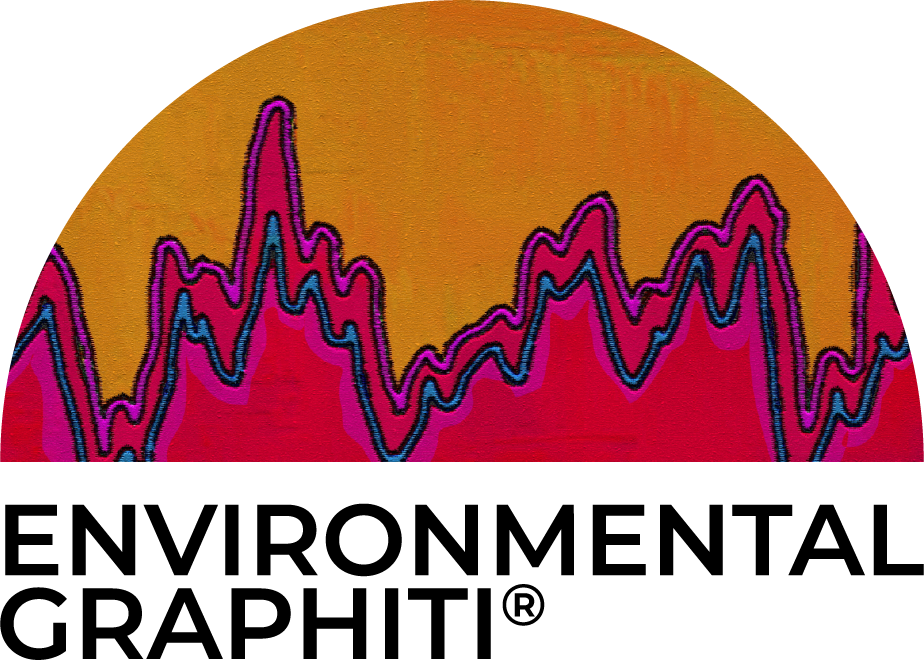Biodiversity at risk - Habitat Loss
The Art
The Graph
Climate Change Risks to Biodiversity of Species
“Observed impacts
Climate change has altered marine, terrestrial and freshwater ecosystems all around the world (very high confidence). Climate change has caused local species losses, increases in disease (high confidence) and mass mortality events of plants and animals (very high confidence), resulting in the first climate-driven extinctions (medium confidence), ecosystem restructuring, increases in areas burned by wildfire (high confidence) and declines in key ecosystem services (high confidence). Climate- driven impacts on ecosystems have caused measurable economic and livelihood losses and altered cultural practices and recreational activities around the world (high confidence). …
Extreme climate events comprising conditions beyond which many species are adapted are occurring on all continents, with severe impacts (very high confidence). The most severe impacts are occurring in the most climate-sensitive species and ecosystems, characterised by traits that limit their abilities to regenerate between events or to adapt, and those most exposed to climate hazards (high confidence). …
Future risks
Threats to species and ecosystems in oceans, coastal regions and on land, particularly in biodiversity hotspots, present a global risk that will increase with every additional tenth of a degree of warming (high confidence). The transformation of terrestrial and ocean/coastal ecosystems and loss of biodiversity, exacerbated by pollution, habitat fragmentation and land use changes, will threaten livelihoods and food security (high confidence). …
Without urgent and deep emissions reductions, some species and ecosystems, especially those in polar and already-warm areas, will face temperatures beyond their historical experience in the next decades (e.g., >20% of species on some tropical landscapes and coastlines at 1.5°C global warming). Unique and threatened ecosystems are expected to be at high risk in the very near term at 1.2°C global warming levels (very high confidence) due to mass tree mortality, coral reef bleaching, large declines in sea- ice-dependent species and mass mortality events from heatwaves. …”
Source: Fact Sheet – Biodiversity, Climate Change Impacts and Risks, WGII – Impacts, Adaptation and Vulnerability, IPCC 6th Assessment Report
The figure shows the risk of habitat loss across 143 areas of the world based on different scenarios for global warming levels. (The art (derived from the bottom left figure, assuming a +3.0°C scenario) focuses on the very few areas NOT significantly impacted by the risk of habitat loss in order to highlight the vast portions of the world that are at risk.)
Source: Present and Projected Habitat Losses, IPCC 6th Assessment Report, WGII – Impacts, Adaptation and Vulnerability Annex 1, Figure AI.10
